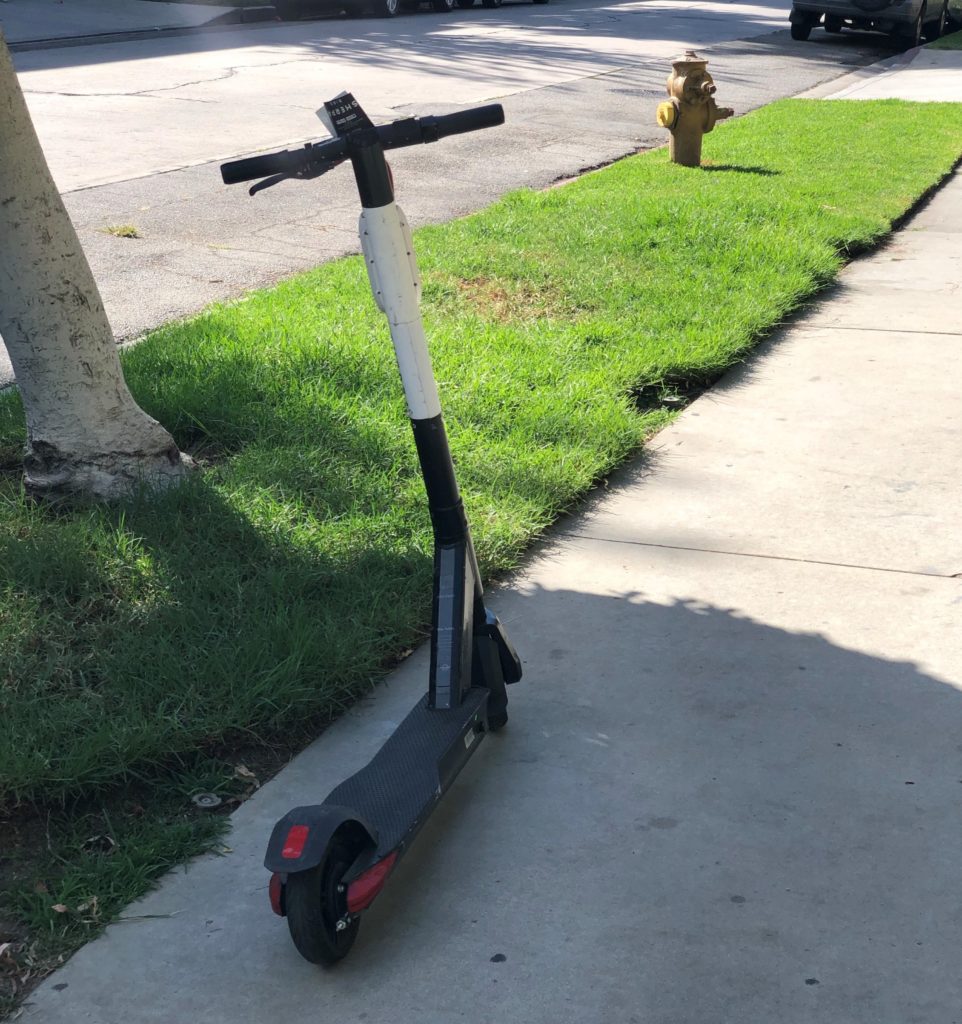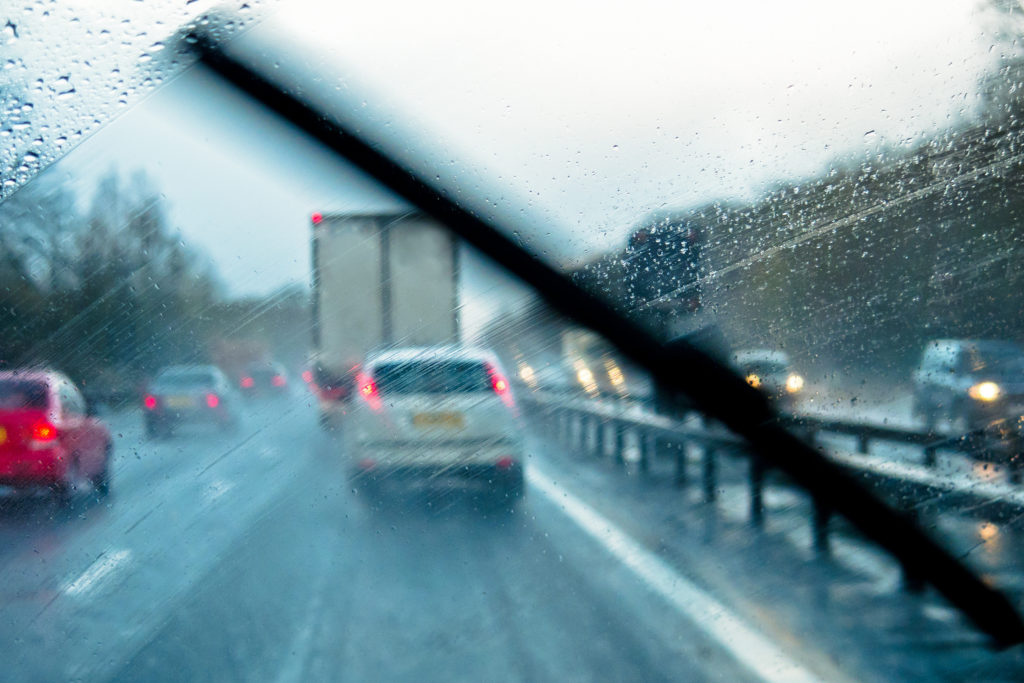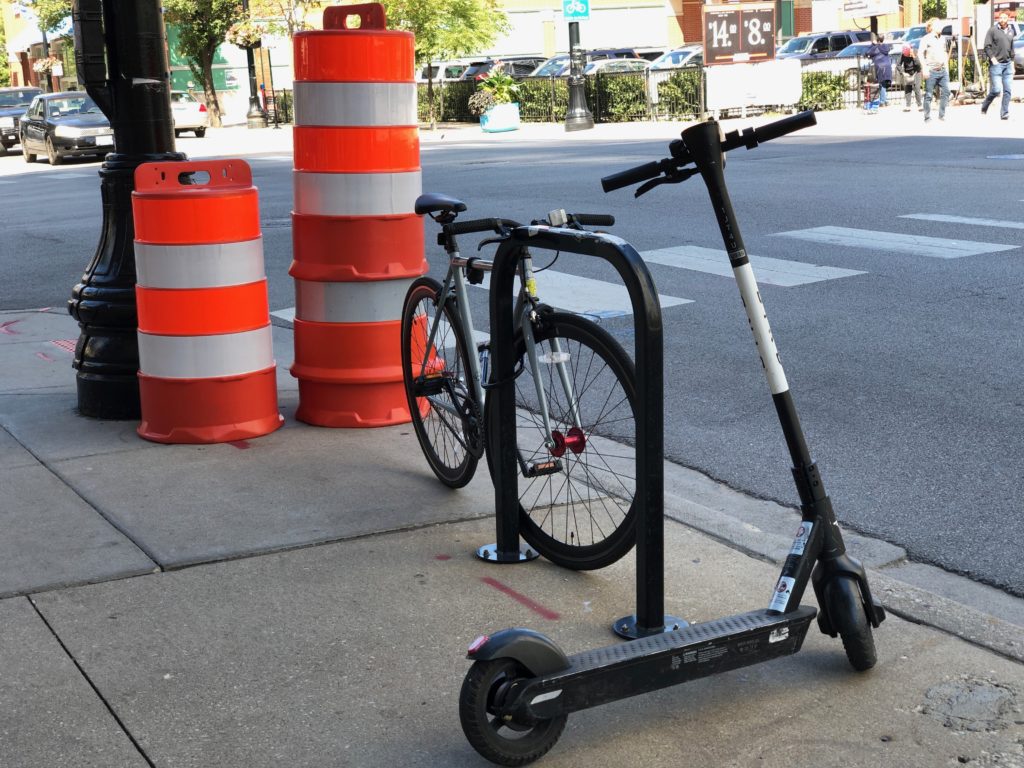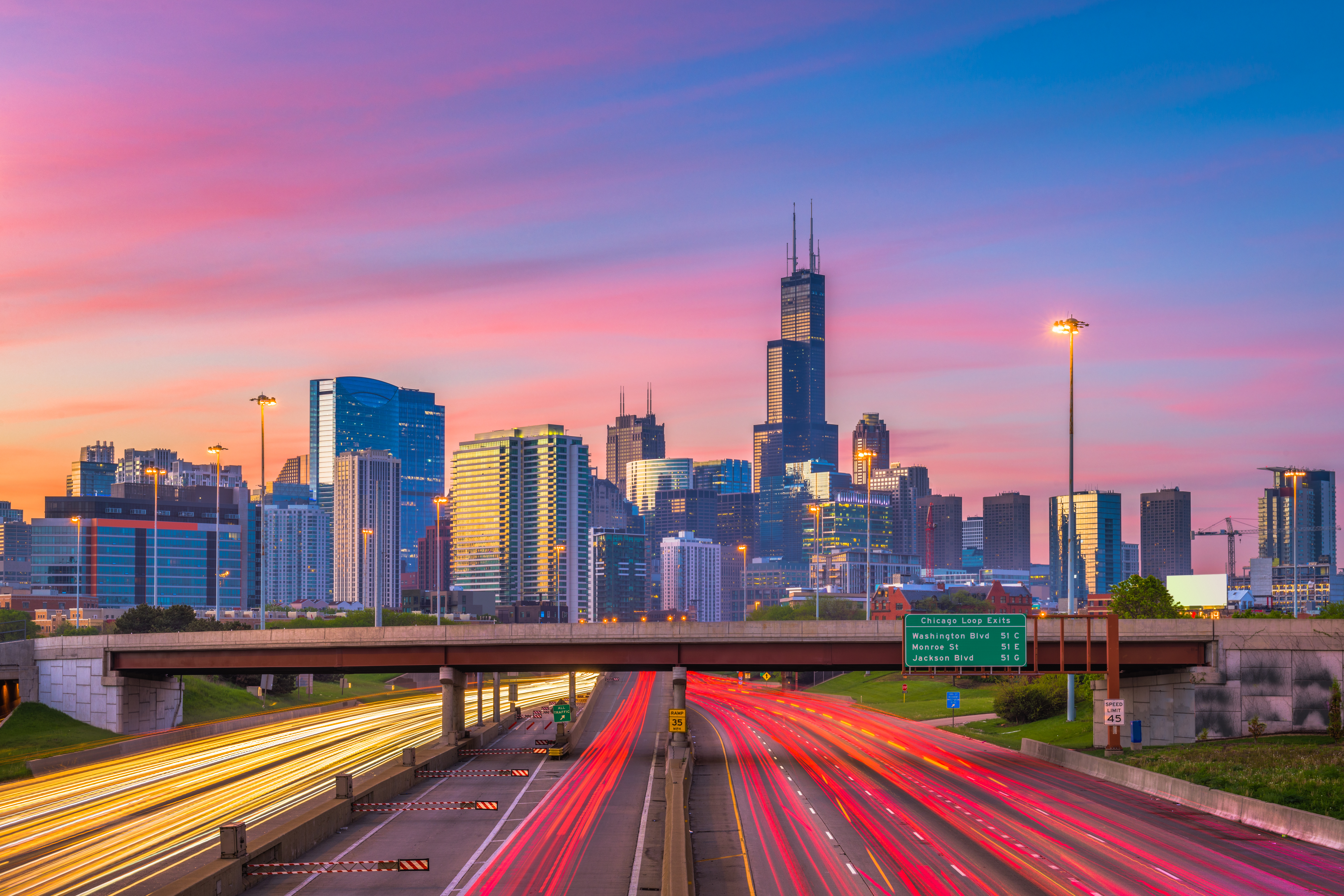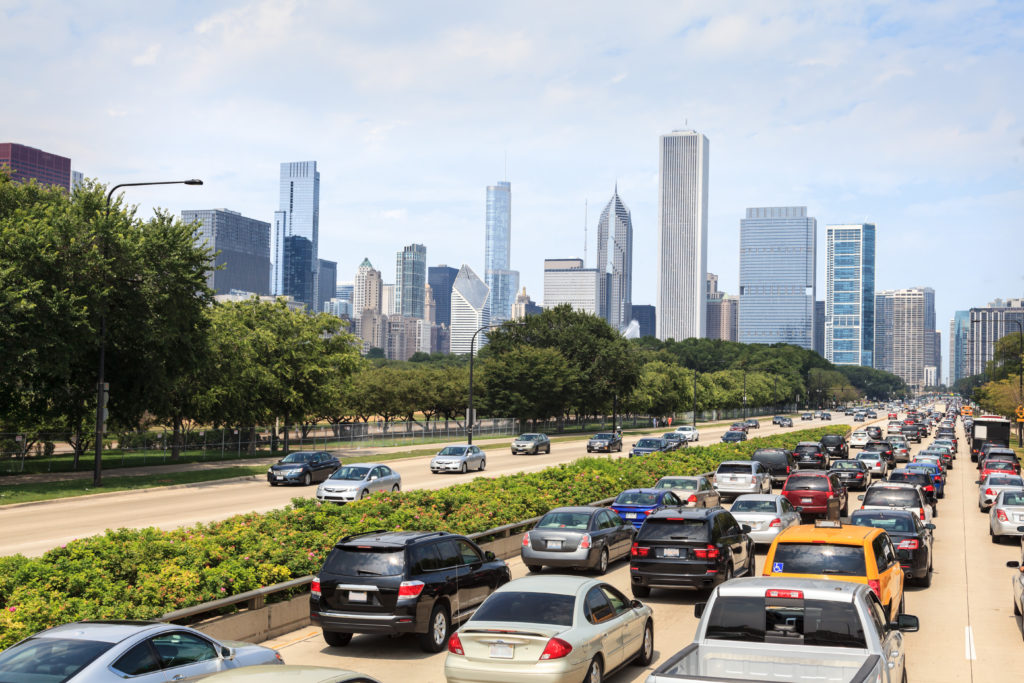
Chicago drivers may need to get ready for new fees–just for driving downtown.
On August 29th, mayor Lori Lightfoot said in her “State of the City” speech that she wants to make money for the city while reducing downtown congestion. To do so, she plans to work toward implementing congestion fees.
“We are exploring options to address rampant congestion that solves the problem of traffic, pollution, and other issues,” Lightfoot said, “while simultaneously bringing in a fair share of funding.”
Congestion pricing is a strategy that has been put in place in large cities such as London, Stockholm, and Singapore–it aims to target people driving in specific zones at certain times during the day.
By 2021, New York City drivers traveling below 60th Street in Manhattan will be electronically charged a fee through license plate photos or toll transponders–making it the first American city to enforce such fees.
This congestion pricing in New York is part of Governor Andrew M. Cuomo’s $175 billion budget–with at least $1 billion coming from driving fees–and will apparently cost drivers over $10 a trip to visit the city’s busiest neighborhoods.
These fees are projected to raise around $15 billion in bonds to help solve problems in the subway system and limit traffic on streets that have become less than drivable.
But, will it work in our city?
The push in Chicago comes after many attempts to save city money and generate new revenue; in the address, Lightfoot mentions a city government hiring freeze–implemented August 20th, as well as measures to “crack down on departments that have significant unbudgeted overtime expenses.”
Lightfoot says that right now, we are walking into “a staggeringly large budget deficit for next year.” She hopes traffic fees will be a boost that has been proven helpful in other large urban areas.
Within a year of congestion pricing in London–put in place in 2003–traffic delays decreased by 30 percent and the number of vehicles entering London proper dropped by 18 percent. Air quality also improved, resulting in a 12 percent reduction in nitrogen oxide emissions.
In London, as well as Stockholm and Singapore, the fees from congestion pricing have raised millions of dollars for the betterment of transportation and infrastructure: new buses, bike lanes, and expanded public transit were put in place for those opting to commute sans-car.
For Chicago travelers, DePaul University transportation expert Joseph Schwieterman believes this strategy will be of great benefit.
“We’re seeing a surge in driving again,” he told WTTV News. “Transit [rates] are flat, fuel prices are down, vehicle ownership is up, and suddenly we have a quality of life issue that’s setting us back. We’re a great global city; we have to have some sort of reasonable amount of mobility on the streets.”
Schwieterman believes congestion pricing is an “untapped source” for local revenue, but one obstacle is figuring out how to determine the boundaries of what is considered a congestion zone. Most likely, it wouldn’t need to include the entirety of downtown Chicago, but would more reasonably focus on the roads that are most often overcrowded.
There are caveats, however. London saw drivers complaining as fees rose over time, eventually doubling in cost from when they first came into play.
Gridlock in London also ended up returning–reportedly due to the popularity of ride-share apps like Uber and Lyft.
There is also the question of who would be exempt from paying–such as low-income drivers, those with disabilities, and those who live within the congestion zone. Although London gives a discount of 90 percent for its zone residents, exemptions often mean higher tolls for all other drivers.
Those who will see the biggest benefit from congestion costs in Chicago: subway, commuter train, and bus riders, who will see more extensive and reliable service from the new investment. Cyclists will experience more room on the roads and cleaner air. Drivers will ideally see a decrease in time spent stuck in traffic as well is in gas costs.
“There are certain areas where congestion is getting intolerable,” Schwieterman says. “Along the river, the Magnificent Mile, parts of River North…and you have to do something. It’s just going to get worse, and congestion pricing is well-suited for that.”
